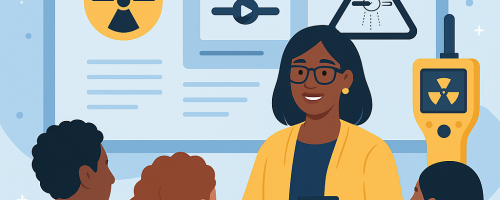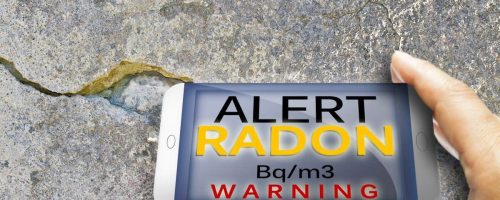In 2010 Health Canada finished the first phase of a nation-wide survey of radon concentrations in Canadian homes. The whole project is being implemented in two phases and will take two years to complete. During this period approximately 18,000 homes will be tested. The survey results will contribute to the creation of a radon map of Canada and will help us better understand the geographic distribution of radon levels across the country.
The survey participants are being randomly selected across all provinces and territories. Participation in this study is 100% voluntary. Home owners are being recruited over the phone and offered a long-term (90-day) do-it-yourself radon test. The results of the tests are then being analysed and communicated to the home owners, along with the remediation information, where necessary.
Analysis of the first phase data was completed last year, after approximately 9000 homes were tested during the fall-winter of 2009/2010. The first year survey results have been tabulated and can be found summarized in the table below. The table was prepared by Health Canada and contains information on the percentage of participants in each province/territory and the respective results. In order to better understand the table, keep in mind that Health Canada recommends that remedial action be taken where radon levels exceed 200 Bq/m3.
Year Radon Results by Province and Territory
| Province / Territory | Below 200 Bq/m3 | 200 to 600 Bq/m3 | Above 600 Bq/m3 |
| AB | 93.1% | 6.5% | 0.4% |
| BC | 95.4% | 3.9% | 0.7% |
| MB | 76.5% | 22.1% | 1.4% |
| NB | 83.0% | 11.7% | 5.3% |
| NL | 94.7% | 4.4% | 0.9% |
| NS | 91.8% | 6.3% | 1.9% |
| NT | 96.0% | 4.0% | 0.0% |
| NU | 100.0% | 0.0% | 0.0% |
| ON | 95.1% | 4.3% | 0.6% |
| PE | 95.5% | 4.5% | 0.0% |
| QC | 91.0% | 8.3% | 0.7% |
| SK | 84.2% | 14.2% | 1.6% |
| YT | 84.1% | 10.6% | 5.3% |
* Source: Health Canada, Environmental and Workplace Health/Cross-Canada Survey of Radon Concentration in Homes (2010), see: www.hc-sc.gc.ca
What Does this Mean for You?
Please keep in mind that whether or not higher than 200 Bq/m3 radon levels were registered in your province, there is no other reliable way to know the actual radon level in any individual building than testing. If nothing else, the first year survey results only reinforce the importance of testing your home for radioactive radon gas.
To learn more about the Cross-Canada Radon Survey, please visit the Health Canada website.
To learn more about the Institute’s radon testing service, go to our Home Radon Testing page.







